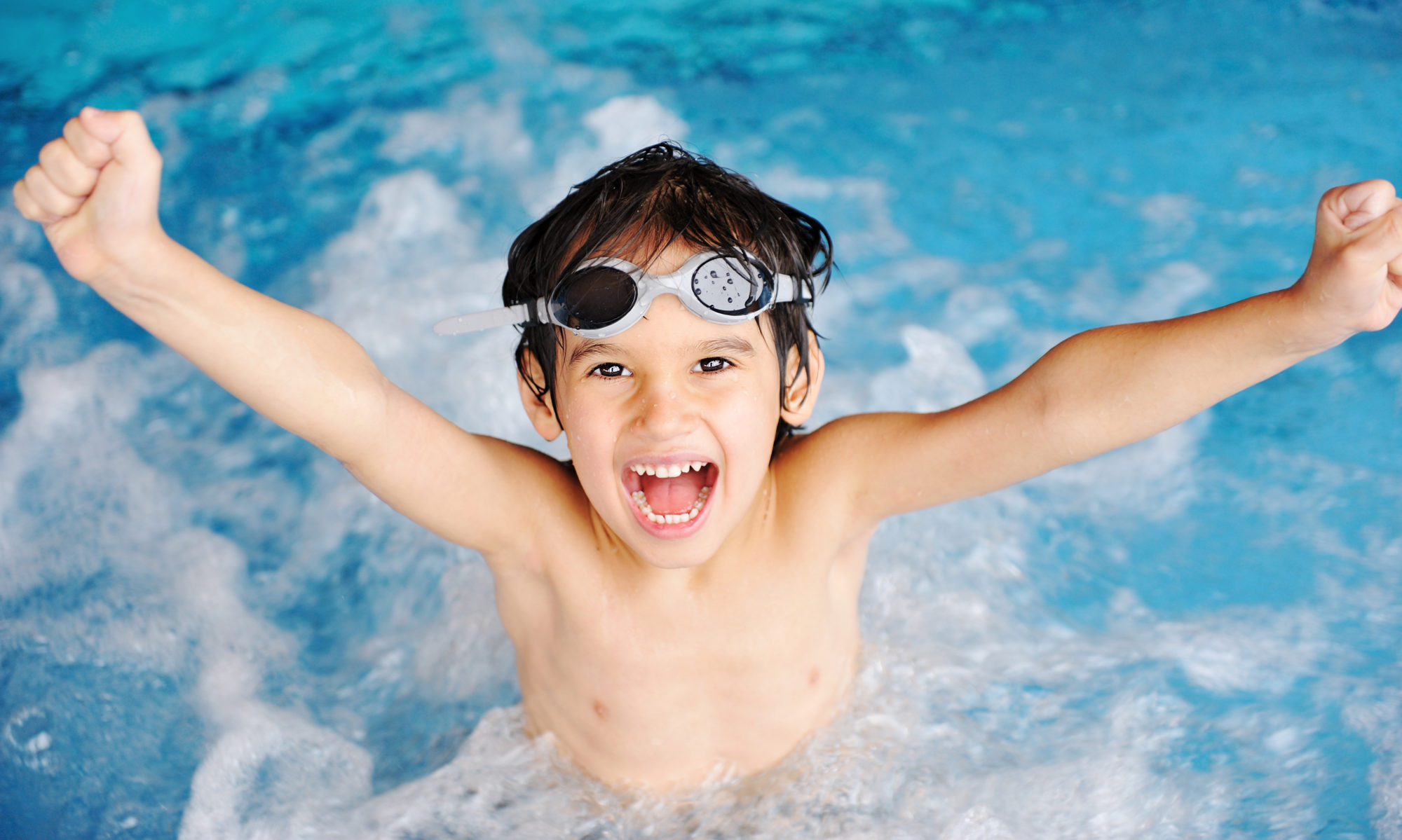Nobody’s perfect. You’re not going to do everything exactly right when you’re teaching your kids to swim, and they’re not going to get each skill the first time they try. The way you give feedback can make the difference between a tantrum and excited improvement. So how do you give your kids feedback that will keep them happy and help them move forward?
Keep your goal in mind.
They’re not perfect, and neither are you. Be gentle and constructive. If you find yourself getting frustrated, stop. Do something else or hop out of the pool and play a game or give each other hugs. If you’re feeling frustrated while you’re teaching your kids to swim, they’ll pick up on it, and that will make it harder for them to learn. If it’s not fun, take a break.
Be specific.
Specific praise is the most effection. The same concept applies to corrections. Be as specific as possible. Saying, “come on, you can do better” makes your child feel inadequate without giving him any help in trying to do better.
You can give feedback while your child is practicing the swimming skill you’re teaching, or you can take a break to explain, depending on how complex the idea you need to express is.
Give feedback immediately.
Give your child the feedback immediately, so that what his body is doing or has just been doing is fresh in his mind and so that he knows exactly what movement you’re talking about.
Break your feedback into steps.
Point out what is working.
- I really like how hard you’re trying and how much attention you’re paying to what you’re doing.
- I notice that your knees are bending a lot while you kick.
- Your legs can push the water better if they stay straight.
Point out what isn’t working. Explain why it’s not working or isn’t the best approach. Make suggestions and ask for suggestions for how to improve. Include physical feedback. (More on physical feedback in the next post.)
- Do you feel the air here when you kick? (At this point, you can touch your child’s foot or calf.) One way to tell when you’re keeping your legs straight is that you’ll stopping feeling the cold air there.
- What ideas do you have about how to keep your legs straight?
- What ideas do you have about how you’ll feel it when your legs are straight?
- Show me how you kick with your legs straight.
- Your legs are really staying straighter now. The changes you made really worked.
Follow up with more feedback. Use simple reminders.
After detailed feedback, you can use simple reminders as shorthand to remind your child of what you’ve already gone over together.
- Great effort. Knees straight.
Give one correction at a time.
Be sure to give one correction at a time. A list of things to work on is too overwhelming. If you notice several things that need work, pick the one that you think will make the biggest difference to work on first. After your child has gotten comfortable with one change to what he’s doing, you can introduce the next.
Try exaggeration.
If your child is having trouble with a skill, try having him exaggerate what he’s doing wrong. For example, if he’s not straightening his arm to take a stroke, have him purposely keep his arms bent and tight against his sides, so that he can really feel the problem.
Give your kids permission to fail.
Trying to do it wrong also lightens the mood. You not only want to give your child permission to fail, you want to encourage it. When you’re teaching your kids to swim, you want to create an atmosphere of open exploration that will help your child to get a better understanding of his body’s relationship to the water. Making “doing it wrong” okay will help create this atmosphere. It will also give him the freedom to risk trying new things, because he won’t be afraid of the consequences of failure.
You can also try having him exaggerate what you’re asking him to do. Try having him keep his knees perfectly straight for some practice kicks on the side of the pool. Even though this would never happen in actual swimming, getting a body feel for the extreme can help him move in the direction of good form.
Try, try again (and take breaks!)
Remember to use a patient, nurturing, positive attitude. Learning is a process. It’s not always smooth or linear. Sometimes you need to try several approaches before you find one that works for your child or before what you’re trying to teach him really “clicks.” If you or your child starts to get frustrated, take a break or switch to practicing another skill or playing a game.
